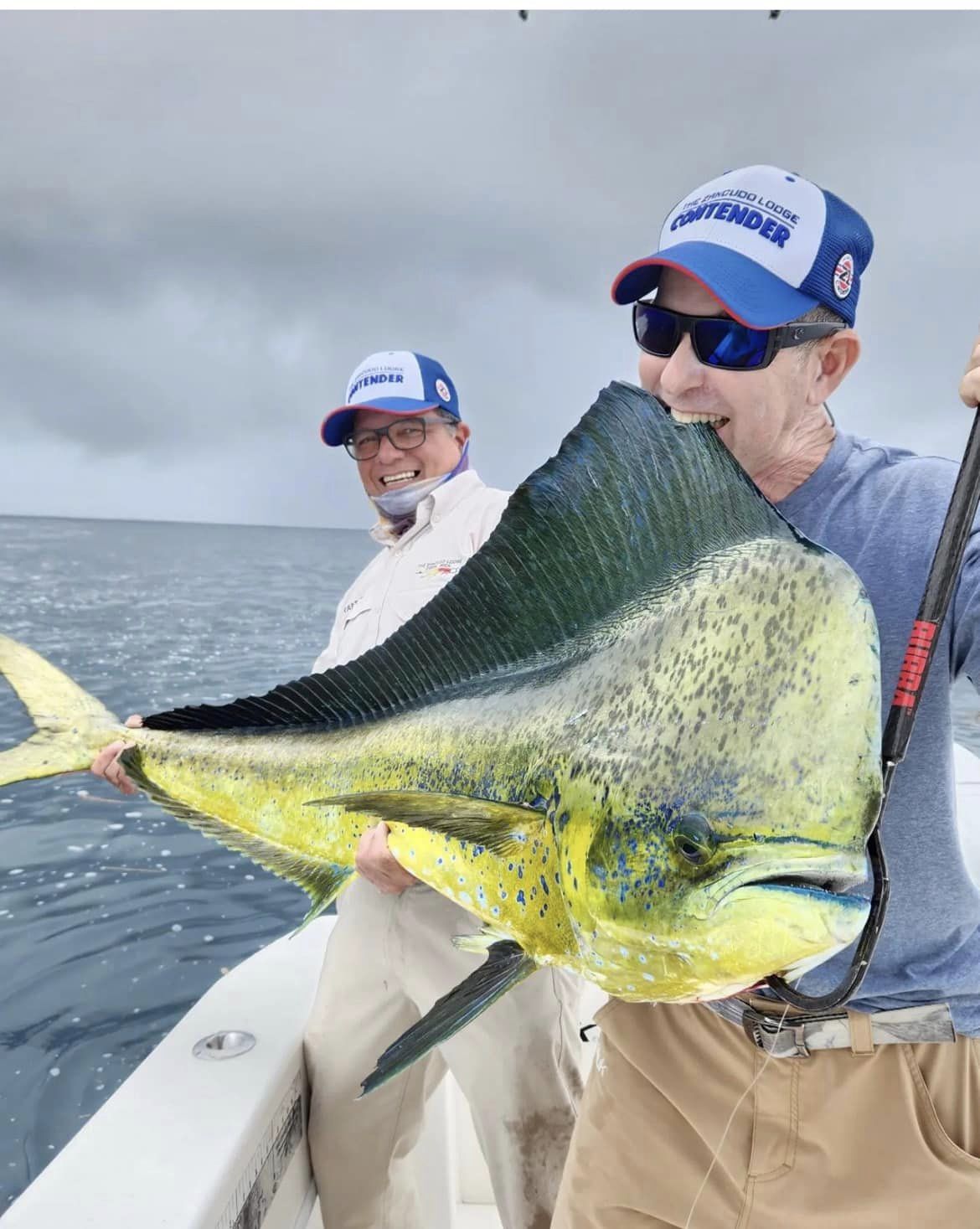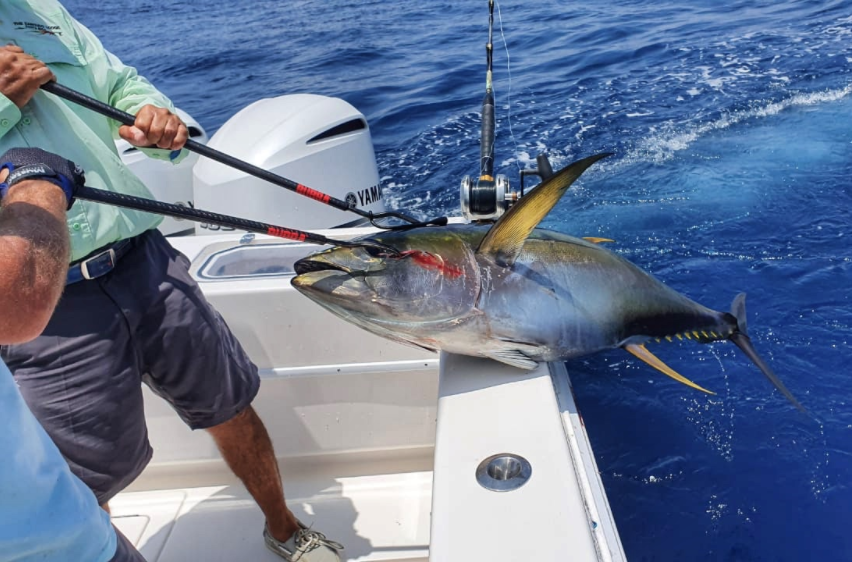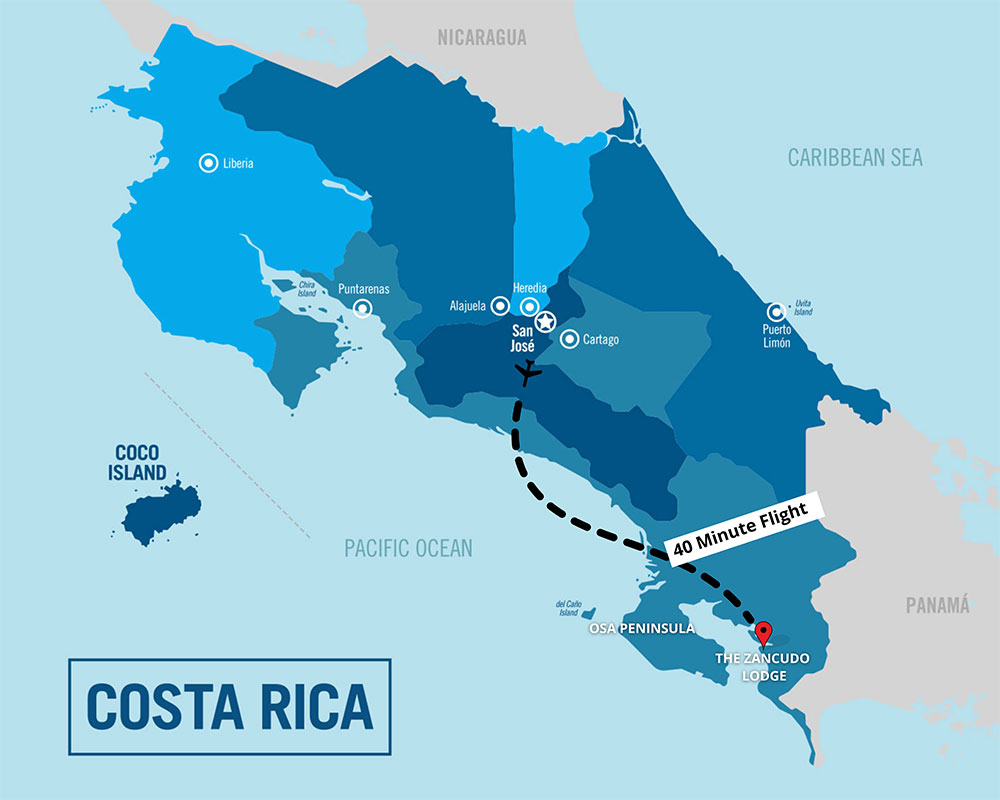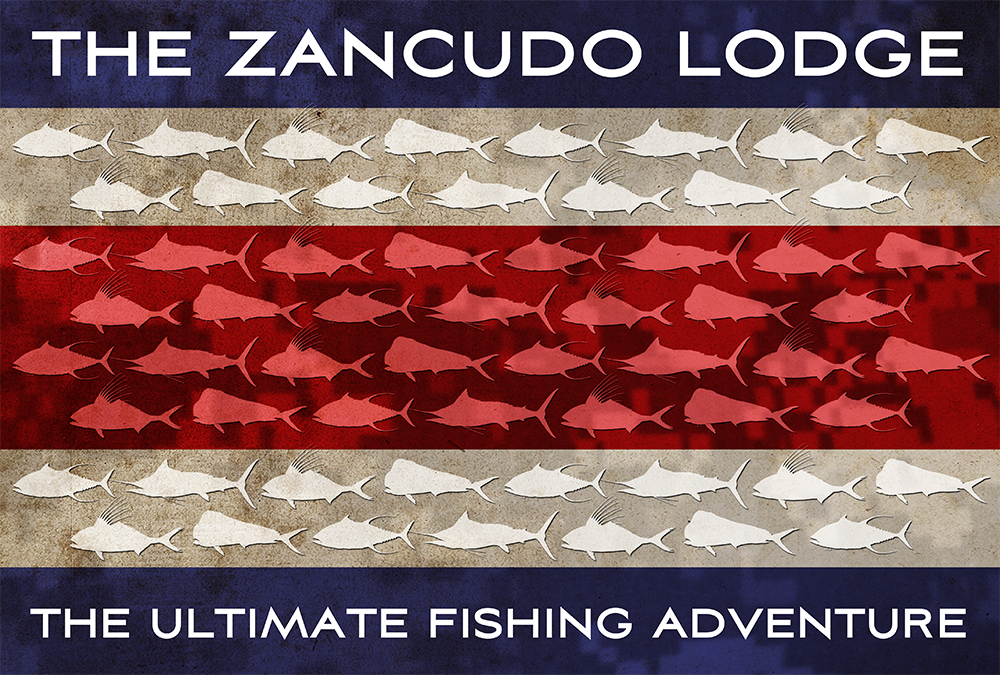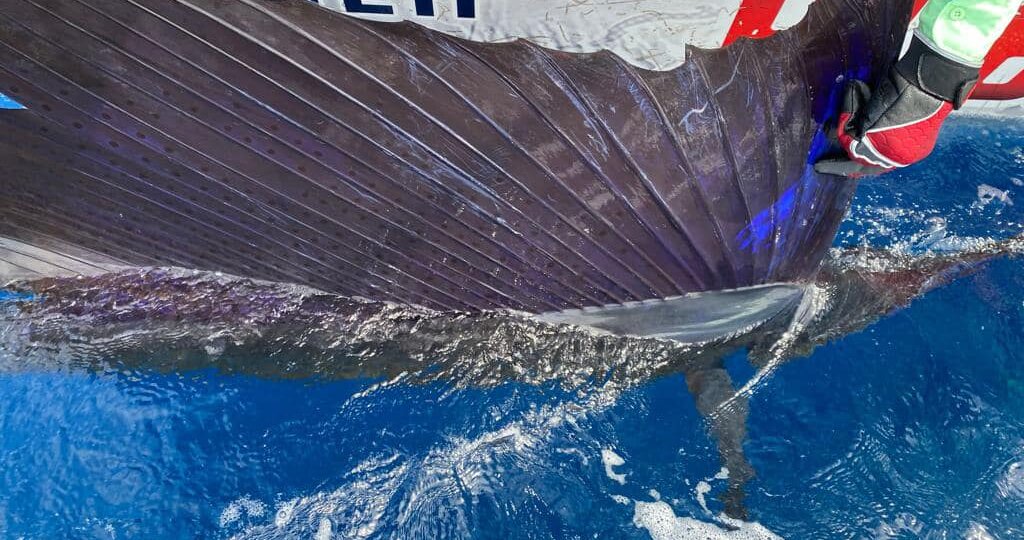
Billfish Tagging Project with Stanford University
The Zancudo Lodge – Working to Promote Healthy Billfish Populations in Southern Costa Rica
Billfish tagging mission at The Zancudo Lodge with Stanford University and FECOP
We have been busy this off season not only getting ready for the upcoming season in Costa Rica, but also doing our part to assist in billfish conservation to help ensure a productive billfish bite for our guests. Supporting one of the greatest recreational billfish fisheries in the world, Costa Rica is now also the home-base for one of the most extensive billfish tagging studies to have ever been conducted in the Eastern Tropical Pacific Ocean. Dr. Danielle Haulsee and Ph.D. Student Hannah Blondin from Dr. Larry Crowder’s lab of Stanford University recently teamed up with The Zancudo Lodge to deploy an additional 11 electronic satellite tags on blue marlin and sailfish off the coast of southern Costa Rica.
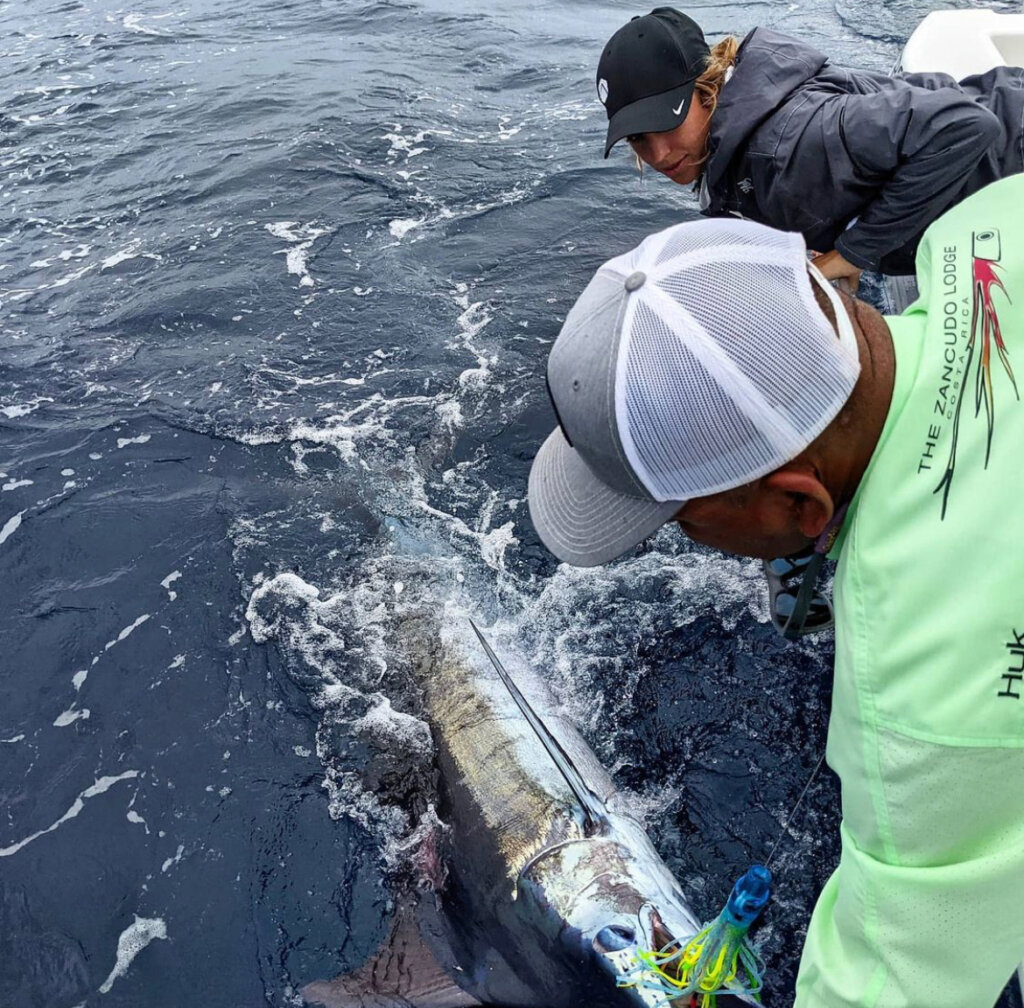
Fishing was primarily focused 40-60 miles offshore, however one blue marlin was tagged inshore on bait aggregated near floating debris only 15 miles from the coast. Offshore, the team raised multiple blue marlin and sailfish each day. From landed fish, tags were deployed on only the individuals in the best condition. These electronic tags track the location and diving behavior of the fish for many months, allowing Danielle and Hannah to develop maps of fish occurrence over time. The tags deployed during this trip add to the database of nearly 40 blue marlin and 20 sailfish already tagged by Stanford researchers on previous trips in 2019. The goal of the study is to identify the environmental variables related to blue marlin and sailfish distribution and predict how El Niño cycles may redistribute these species in the Pacific Ocean. The researchers will then work with partners in the recreational and commercial fishing communities, including FECOP and INCOPESCA (https://www.incopesca.go.cr/), to develop dynamic and adaptive management strategies for these highly sought-after species.
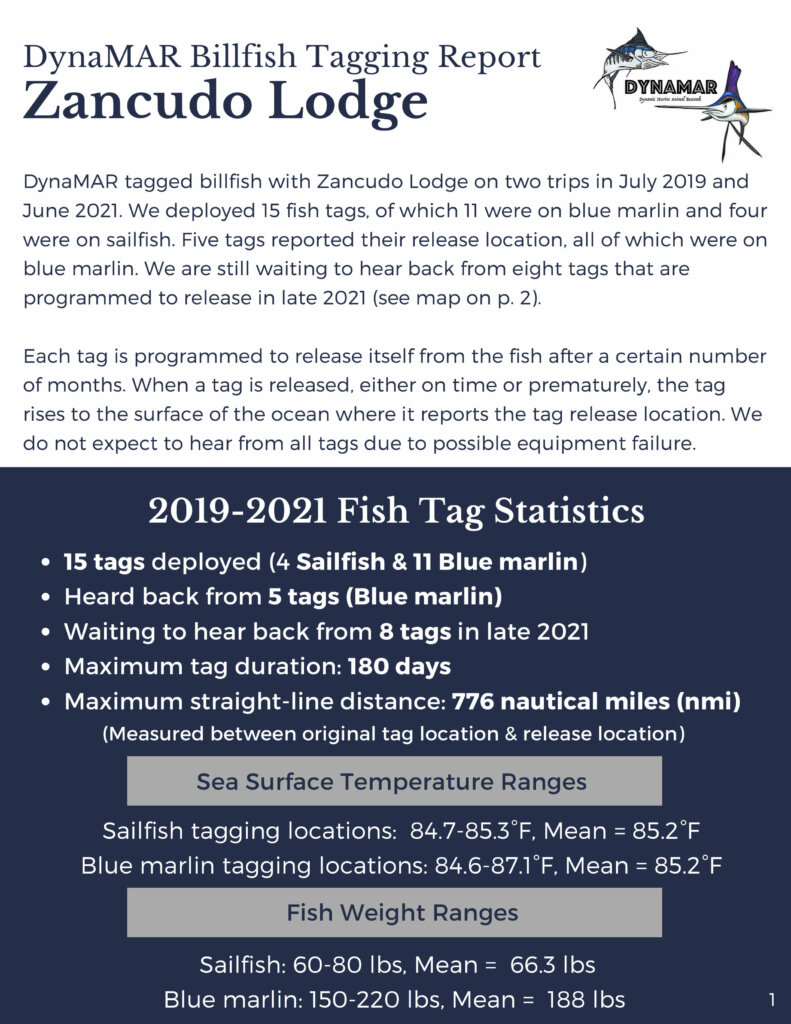
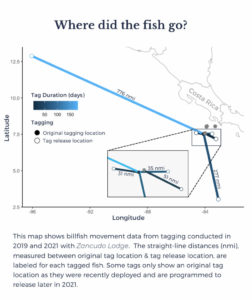
To follow along with Project DynaMAR, head to www.projectdynamar.com



